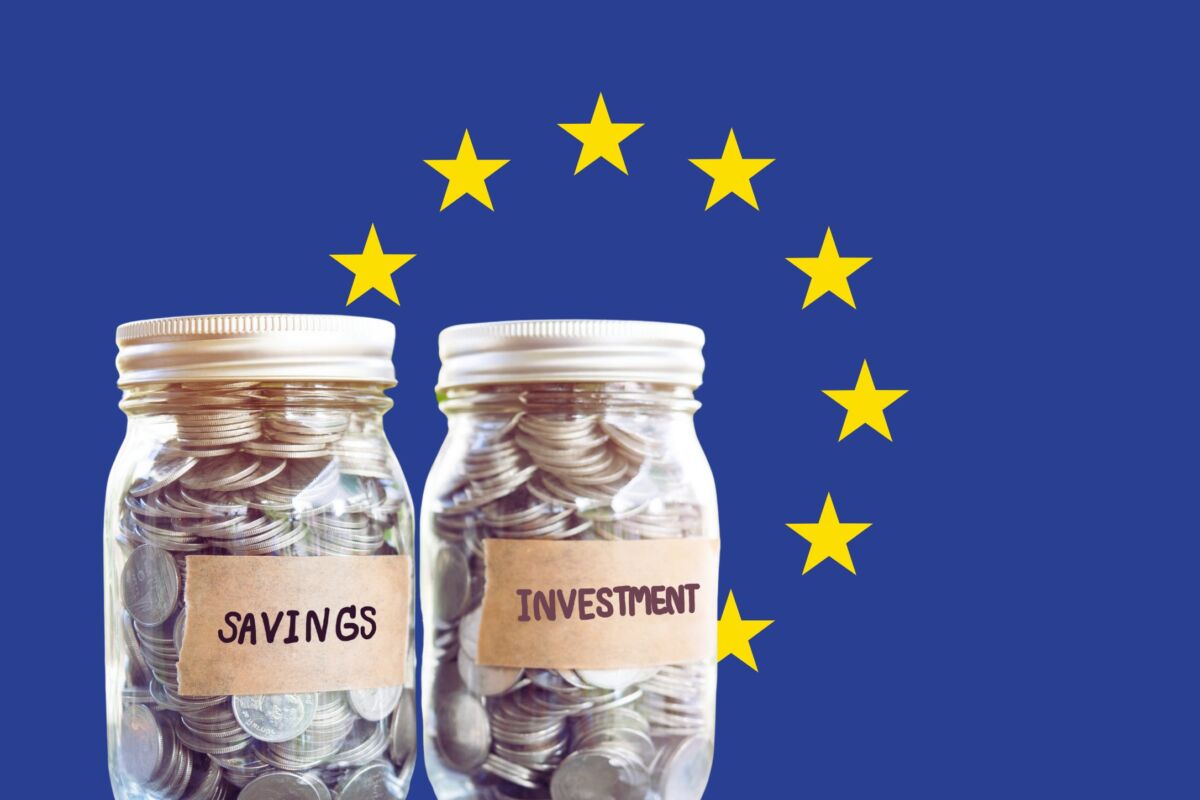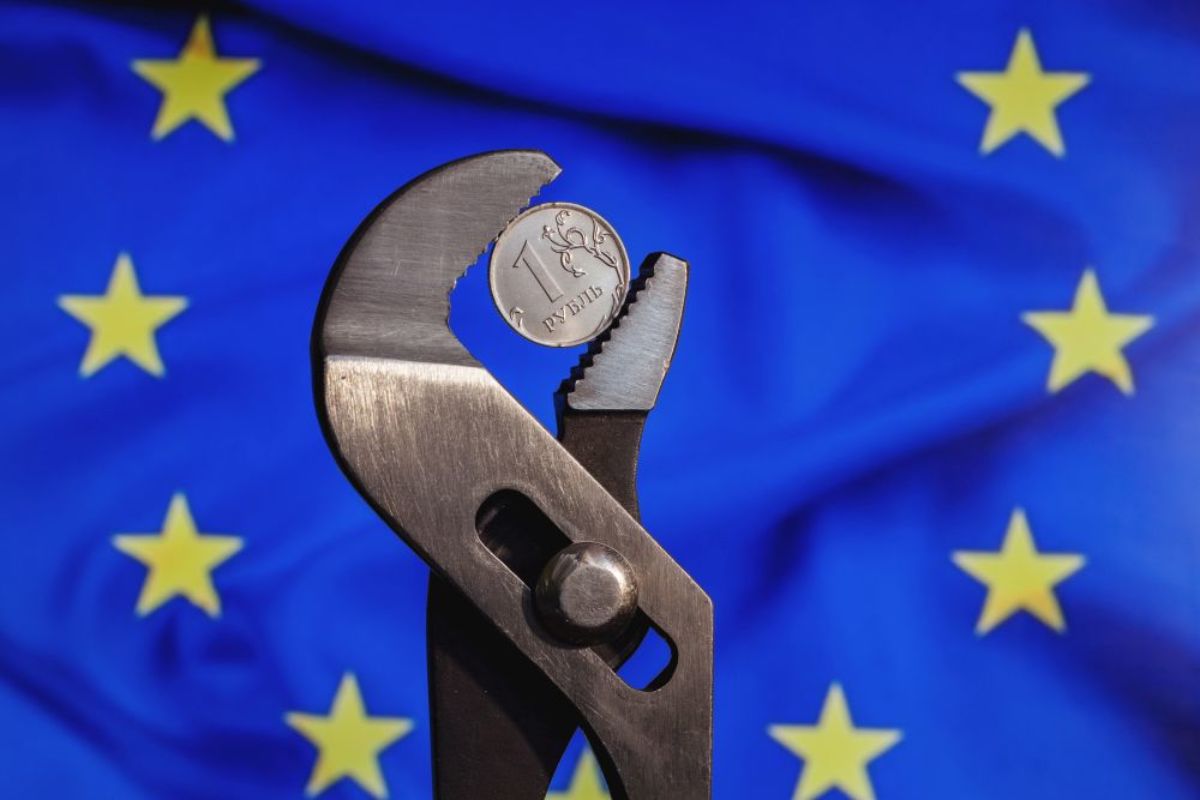Sweden has quietly achieved what the EU still struggles to build – booming capital markets, active retail investors, thriving SME IPOs and a pension system that channels household savings into the real economy. As Brussels deliberates, Stockholm has delivered.
The current European Commission has launched a plan for a Savings and Investments Union, aiming to offer EU citizens better financial opportunities, higher returns and capital that innovative businesses can access more easily. It’s now time for action – and Sweden’s success offers a blueprint.
A thriving IPO pipeline and engaged investors
Swedish equity markets have grown steadily for decades, creating a mature risk capital ecosystem that bridges early-stage financing with scale-up pathways to main markets. What sets Sweden apart is its exceptionally high number of initial public offerings (IPO), 90% of them taking place on SME growth markets – three times more than any other EU Member State. Here, access to public markets isn’t an exception but a norm, especially for start-ups and smaller firms.
This vibrant IPO pipeline is possible thanks to Sweden’s broad and engaged investor base – including retail investors, institutional investors and funds – operating in a regulatory framework designed to deliver low costs, streamline processes and facilitate participation.
Sweden’s investment culture is also defined by resilience, entrepreneurship, innovation and digital readiness. This all builds on decades of investment in education and a tradition of producing highly skilled workers. But human capital alone isn’t enough – without a coherent and enabling regulatory framework, investment and entrepreneurship wouldn’t have been able to flourish.
Sweden has built such a framework, promoting both innovation and broad-based market participation. Retail investors feel confident engaging in financial markets, particularly equities, thanks to policy efforts that demystify investing.
Today, most Swedes are comfortable and confident investors. This reflects high levels of financial literacy but also a culture of participation built through ‘learning by doing’ and national education campaigns.
Even setbacks – such as the overvalued IPO of state-owned telecoms company Telia in 2000, which was marketed as a ‘share for the people’ – didn’t deter participation. Retail investors remained engaged, with a sustained appetite for risk and long-term growth.
This resilience is underpinned by strong legal and institutional frameworks that simplify investment processes, foster trust and enable easy access to financial products which offer real returns.
Reforms that matter
Sweden’s transformation into an investment-friendly economy began early, with a series of strategic reforms that steadily lowered barriers to market participation. In 1974, the government introduced tax-advantaged savings accounts, followed by tax-subsidised savings schemes in 1984. Both initiatives encouraged individuals to invest by offering tax-free capital gains, laying the groundwork for broader retail engagement.
The system has been regularly adapted to respond to market and technological developments. The most significant recent change came in 2012 with the launch of the Investeringssparkonto (ISK), a simplified, direct digital savings account (with the Centralised Securities Depositories) that streamlined taxation and made investing more accessible. Through the ISK, individuals can easily invest in a wide range of products across multiple markets while clearly understanding how their savings are taxed.
Before these reforms, Swedish households maintained conservative portfolios, favouring bank deposits, insurance products and pension entitlements. The progressive shift in tax policy and regulatory design has gradually reshaped their preferences, transforming Sweden into one of the EU’s most investment-friendly markets.
Long-term by design
A key strength of Sweden’s capital market lies in its ability to mobilise long-term capital. The pivotal moment came with the 1994 pension reform, which shifted the system away from a traditional pay-as-you-go model – still common in many Member States – towards a three- pillar structure: a publicly funded state pension, a semi-mandatory occupational pension negotiated through collective bargaining and a voluntary private pension.
A cornerstone of this reform was the introduction of the Premium Pension System, which complements traditional schemes by requiring a portion of pensionable income to be invested in managed funds – thus expanding the role of institutional investors.
What truly sets Sweden apart is how collective bargaining shapes occupational pensions. Almost all employers are required to offer coverage, with investment decisions jointly negotiated between employers and unions. These schemes are a largely defined contribution, meaning that households are directly exposed to capital markets, with the bulk of these investments being directed into equities.
Combined with voluntary savings through the ISK and endowment insurance, the outcome is striking – over 90% of Swedish workers are also investors.
Europe has the flatpack – now it just needs to build it
Sweden’s capital market offers valuable lessons for reshaping how savings and investments work across the EU. It stands as a real-world example of how capital markets can be made both inclusive and growth-oriented, generating returns while fuelling innovation.
This success didn’t happen overnight but nor has it stood still. Coherent regulation that encourages investment, a tax system that’s simple and transparent, pension models that mobilise long-term capital and continuous financial education have all evolved in tandem with the market itself.
In short, Sweden’s approach changes with the times but never loses sight of its central goal – broad-based retail participation based on low costs and the active role of supervisors.
The Swedish model provides a credible, tested foundation and that’s why Europe doesn’t need to start from scratch. It’s time to move from ambition to action – and for Europe to build capital markets that work for everyone.
To dive even deeper into how Sweden has successfully built a resilient capital market, click here.





































